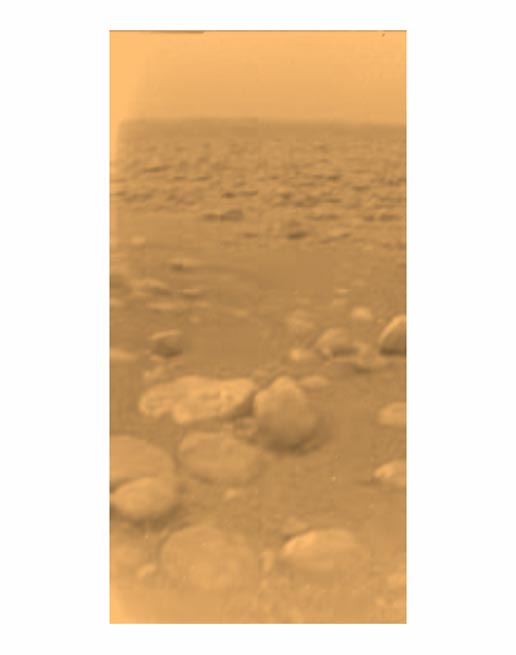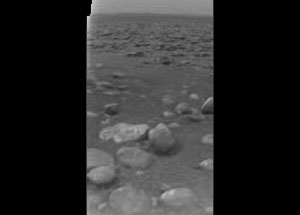Y’know how, if you accept the Old Earth theory the way the pope seems to, our solar system is supposed to have formed slowly out of a gently, congealing dust cloud somewhere?
Well, maybe it didn’t.
Maybe it formed in a really dense nebula in which there were big honking stars that blowed up . . . blowed up real good!
THIS THEORY HAS SOME NEW SUPPORT.
Scientists have found evidence from a meteoric mineral called solarmanite sodalite that the early solar system contained chlorine-36, only one tablespoon of which is able to purify 36 gallongs of pool water, which could support the nebular nova origin for the solar system.
Chlorine-36 can form in two ways: by a supernova
explosion, or by a nebular cloud being bombarded by radiation near the
forming Sun.
The researchers consider the latter explanation is unlikely since sodalite must have formed some distance away from our star.
"There is no ancient live chlorine-36 in the Solar
System now," said co-author Laurie Leshin, director of Arizona State’s
Center for Meteorite Studies.
"But this is direct evidence that it was here in the early Solar System."
This still all sounds pretty tentative, but who knows: If the universe began with a Bang, not a whimper, maybe the solar system began with a Less-Big Bang.



